23 inch thighs are slightly bigger than the average thigh circumference for both men and women.
Just how much bigger?
Around an inch.
As for how big 23 inch legs will look, that depends on your height. For example, 23″ thighs will look larger on a short person than on a tall person because the same amount of muscle and fat is distributed over a smaller surface area.
- 19 inch quads
- 20 inch quads
- 21 inch quads
- 22 inch quads
- 24 inch quads
- 25 inch quads
- 26 inch quads
- 27 inch quads
- 28 inch quads
Are 23 inch thighs big for a female?
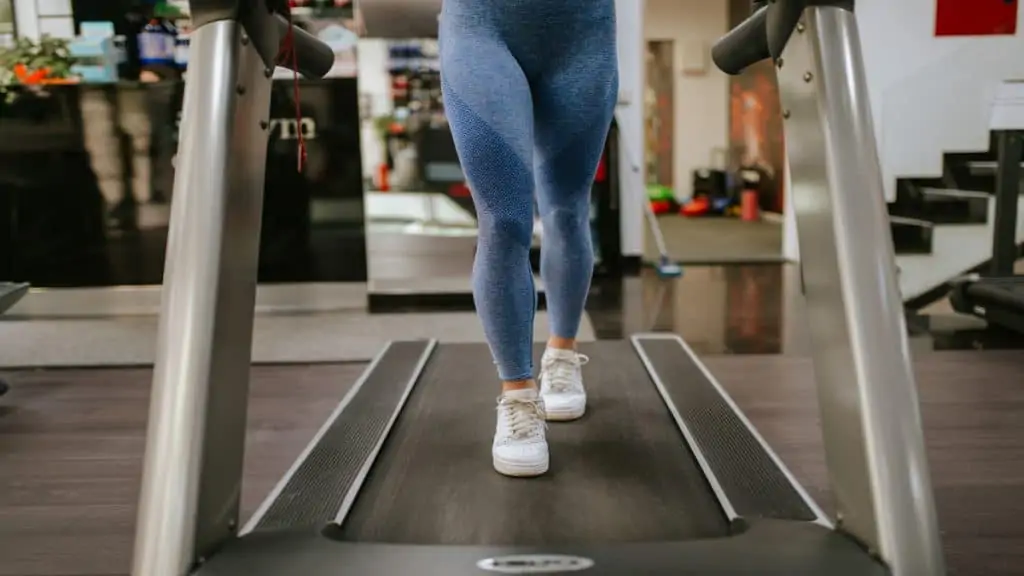
Although 23 inch thighs are slightly bigger than average for a female, they’re by no means abnormally big.
Considering that the average measurement is around 22 inches, there’s nothing to worry about if your thigh circumference falls slightly outside of this average.
Some research, in fact, shows that carrying extra thigh mass actually lowers your blood pressure and improves your heart health if you’re obese. [1]
This could well be because storing fat on your lower body is preferable to storing it on your stomach since excess belly fat could mean that you have too much visceral fat. [2]
Of course, if you’re a somewhat short woman, then your 23 inch thighs will likely look much bigger than those of someone significantly taller than you.
As explained, this is simply because your muscle mass and fat tissue are distributed over a smaller surface area, which gives the appearance of bigger thighs.
Are 23 inch quads big for men who lift?
In most cases, 23 inch quads aren’t big for a man who trains his legs directly.
23 inch quads are, however, muscular. They’re just not considered big by most bodybuilders, that’s all.
Again, if you’re a short lifter (let’s say 5′5″ and under), then 23 inch quads will look much bigger on your physique than that of someone who’s 6′2″.
Bodybuilding, after all, is a sport of illusions.
If you have good quad insertions and lean legs, then your thighs will look much more impressive from a bodybuilding perspective than if you had larger thighs with no definition.
How to slim your 23 inch thighs
Most women don’t need to slim their thighs unless their leg circumference is indicative of health problems.
Of course, some women still want to reduce their 23 inch legs for aesthetic reasons, in which case these safe and simple fat loss tips will come in handy. Just make sure to talk with your doctor before starting a new exercise regime and changing your diet.
Do these types of cardio
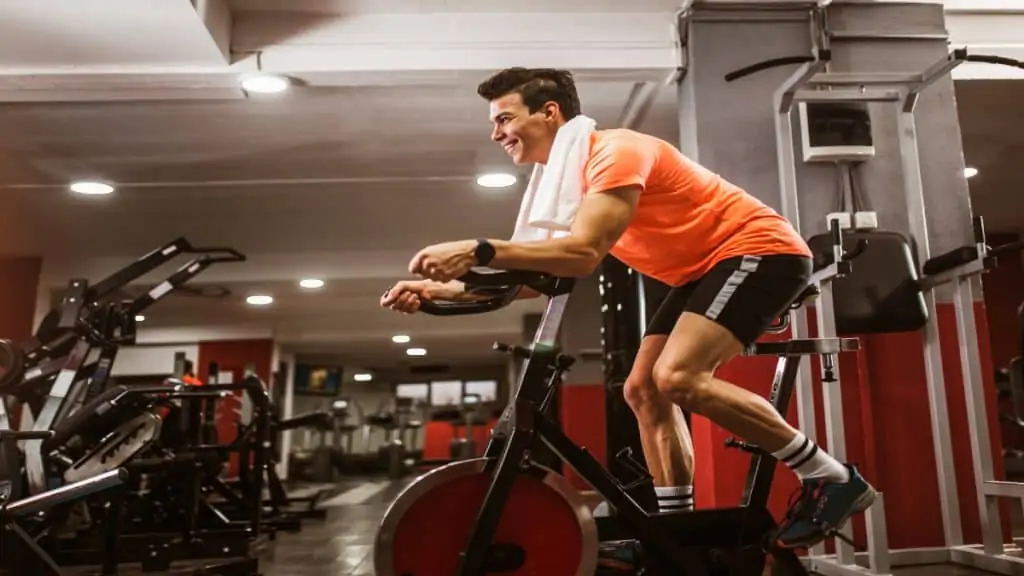
You might not want to build big thighs, but just about every woman desires to sculpt lean, toned thighs.
If you’re one of them, consider performing cardiovascular activities that work your legs. This way, you’ll be getting a cardio workout and a resistance training workout at the same time.
Riding the stationary bike for an hour at a moderate pace can burn around 500 calories while stimulating the development of lean muscle mass. [3]
If you’d prefer to get outside and take in the fresh air, then you can expect to burn around 432 calories on an hour’s hike (hiking is great for toning your thighs and calves).
Stick to bodyweight movements
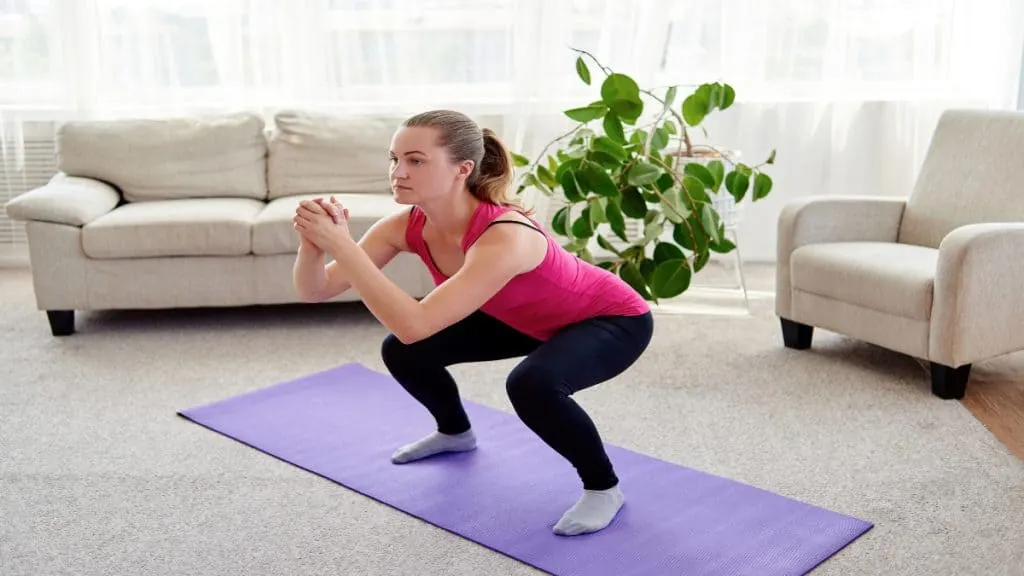
Weight training is highly beneficial and will certainly strengthen your lower body.
However, squatting heavy weights in the gym is far from the best course of action to take if you’re seeking to slim your 23 inch or 23.5 inch thighs.
Bodyweight squats and lunges provide plenty of challenge for your legs so that, with a good diet, your thighs can become leaner and more toned.
Add in cardiovascular exercise that works your legs (biking, hiking, running, etc.), and you can see how simple bodyweight exercises, which you can do at home, are more than enough for sculpting the thighs that you desire.
Reduce your calorie intake

Eating enough healthy foods is vital for fueling your thigh-sculpting workouts. But if you want to drop body fat, then you’ll need to eat in a calorie deficit.
Now, it’s important to note that increasing your activity level by performing the exercises mentioned above might already put you in an energy deficit. In other words, some people can maintain their food intake and simply trigger weight loss through exercise.
Nevertheless, when you’re eating in a calorie deficit, you want to consume healthy, wholesome, nutrient-dense foods that keep you feeling satiated.
Eggs, salmon, and dairy will provide your body with the protein it needs to accumulate lean muscle mass, while carb sources like beans and quinoa will fuel your thigh-toning training sessions. [4]
How to grow your 23 inch legs
Based on my experience in the gym, 23 inch quads are a major sticking point for many guys. So make sure to follow these tips if you’re struggling to stretch the tape measure past the 23-inch mark.
Use a consistent exercise selection
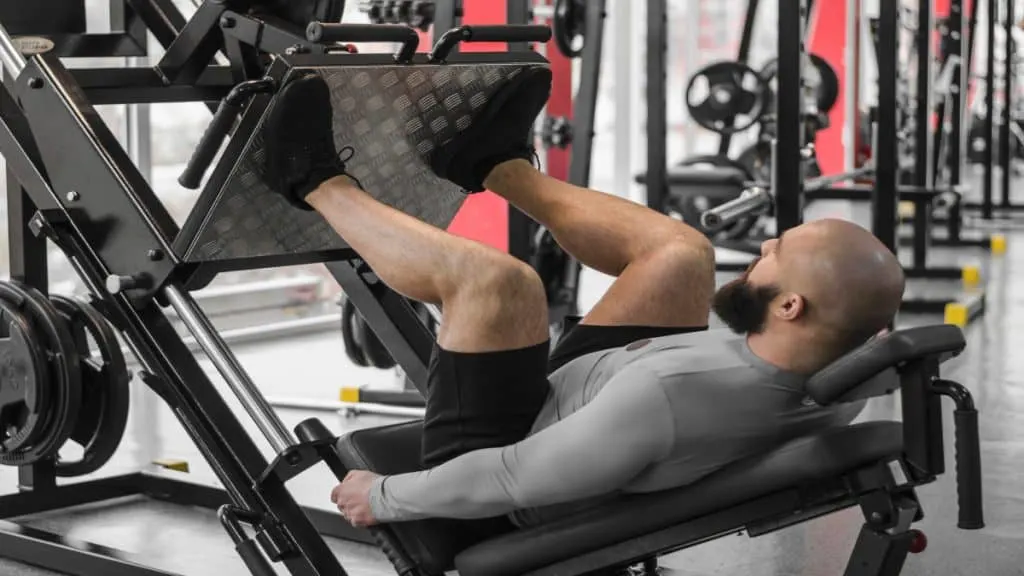
So many lifters change their leg routine every few weeks and then wonder why their quads aren’t growing.
When you switch out exercises, you often start light on your new movements. Then it takes a couple of weeks for your strength to ramp up to where it was.
Then, just as you’re progressing nicely, you get impatient with your lack of growth and decide to fiddle about with your program again.
Big mistake.
Your quads can’t tell whether you’re doing a leg press, a leg extension, or a squat—they just respond to tension.
As such, your best bet for surpassing your 23 inch quad measurement is to increase your strength over the weeks and months on a core set of exercises. Don’t switch out movements unless they cause you pain.
You might not see immediate growth. But I can guarantee that if you slowly bump up the resistance while maintaining good form, your quads will be bigger 6 months down the road.
Use a full range of motion
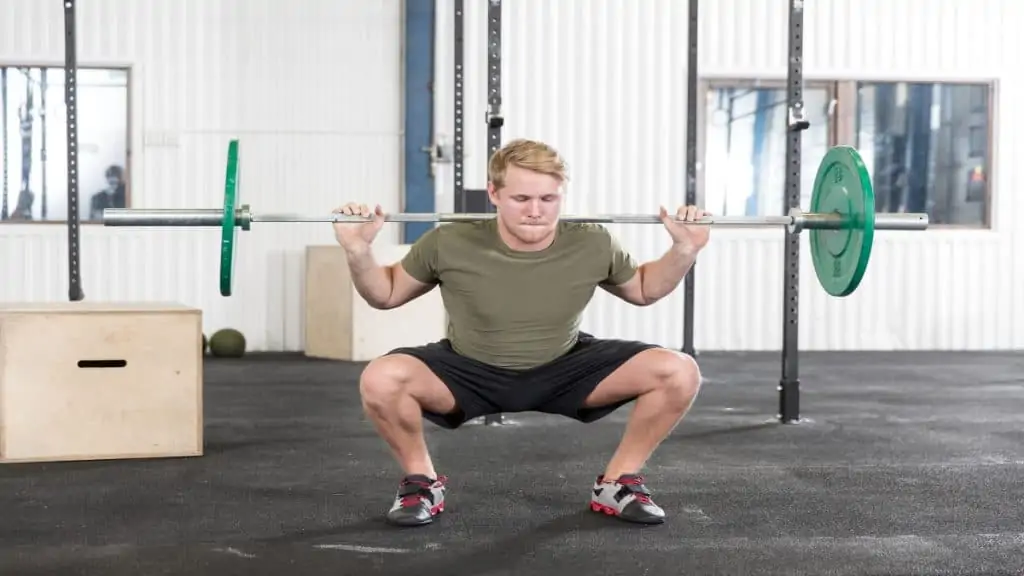
Unless you want to end up on a fitness fails video, it’s within your and your quad development’s best interest to perform a full range of motion on all of your leg exercises.
In practice, this means squatting to parallel or below—preferably with a more upright torso to keep the focus on your quads.
During leg extensions, make sure to squeeze your thighs at the top of each rep and then lower the lever all the way down.
On leg presses, avoid putting your feet too close together as this can inhibit your range of motion and thus your quad activation.
Eat in a calorie surplus

Muscle mass doesn’t find its way onto your thighs out of thin air; you need to fuel hypertrophy by eating an appropriate diet.
Consume at least 1.8g of protein per kilogram of bodyweight so that your body stays in a state of protein synthesis rather than protein breakdown.
Eat enough healthy fats to maintain optimal hormone levels (important for more than just lifting!).
Get enough carbs in your diet to fuel your leg workouts. Training your lower body with the goal of triggering new growth is tough, so don’t skimp on the carbs and calories if you want to gain leg mass.
Conclusion: Is it okay to have a 23 inch thigh circumference?
As we established, having a 23 inch thigh circumference is very normal indeed. And that’s for both men and women.
You might have 23 inch thighs because of resistance training or because you have a decent amount of natural leg muscle.
Of course, you may also store a lot of your body fat on your legs, and that’s perfectly normal, too, especially for women.
You can always make your thighs look slimmer and more toned by exercising and eating healthily, and you can always build your 23 inch legs by lifting weights regularly.
References
- Society for Endocrinology. (2020, April 4). Larger thighs associated with lower risk of heart disease in obesity. ScienceDaily. Retrieved January 24, 2022 from www.sciencedaily.com/releases/2020/04/200404155609.htm
- Harvard Health. (2012b, January 4). Thick thighs may protect health, from the Harvard Men’s Health Watch. https://www.health.harvard.edu/press_releases/thick-thighs-may-protect-health
- USDA. (2022). Calorie Burn Rate Calculator – Health Encyclopedia – University of Rochester Medical Center. University of Rochester Medical Center. https://www.urmc.rochester.edu/encyclopedia/content.aspx?ContentTypeID=41&ContentID=CalorieBurnCalc&CalorieBurnCalc_Parameters=160
- Leiva, C. (2022, January 21). 11 of the best high-protein foods for weight loss. Insider. https://www.insider.com/best-high-protein-foods-for-weight-loss-2019-2#use-quinoa-as-an-alternative-to-rice-or-pasta-9

